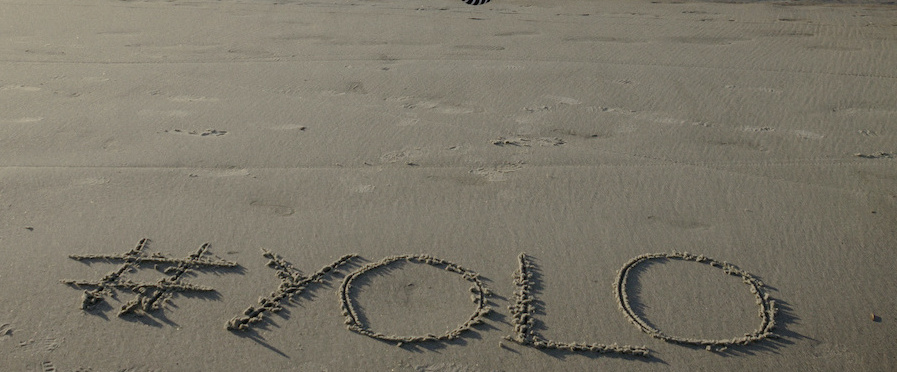Copywriting Vs. The Slanguage of 2021
Written by: nsnaidoo1977
Date: 28 Apr, 2021
Category: Copywriting Vancouver, Websites Vancouver, Writing Vancouver
When copywriting is your trade, words are your weapon. Being a copywriter means keeping a finger on the pulse of what’s current. Using simple, relatable language to inform and inspire is generally best practice. But occasionally, just occasionally—breaking the rules can be incredibly effective—like the Frank’s hot sauce grandma who “puts the sh*t on everything.”
Colloquialisms, jargon, slang, or even text-speak, can make copy stand out. Using zoomer speak to connect can be incredibly effective—IF Zoomers are your audience. As a generational lexicon, slang is arguably made to exclude. It’s language made for and by a generation. It defines them.
Today, no one’s talking to the hand, scrubs are medical gear, and saying something’s on-fleek definitely isn’t. If you plan to use slang in your copy, it’s vital to know:
- exactly what it means
- how it’s used
- if the language is still relevant
Misusing slang can cause a lot of humor—but it’s probably not going to help your business. For example, on April 11, 2014, Mountain Dew Tweeted:
“Mountain Dew is the bae.”
BAE is used as a term for babe—your romantic partner or Before Anyone Else. In other words, the Tweet made no sense. Using sloppy/dated slang can make a business look dated, foolish, or just out of step with the zeitgeist. This is why most don’t even attempt it. However, the rules are changing, especially with the ongoing popularity of social media platforms.
Slang Today
Here’s a roundup of some popular slang on the street. You’ve probably heard a few, but here’s a rundown.
1) Okay, boomer
A dismissive retaliation used again older generations, particularly baby boomers, the term first appeared on Reddit almost 10 years before reaching critical mass on TikTok in 2019.
“You kids need to get your wokeness out of my face.”
“Okay, Boomer.”
2) Hate to see it
A sympathetic expression combining cringe and disappointment. For example, after being grounded for sneaking out, a friend might reply “hate to see it.”
3) Basic
One of the older entries on the list, basic is a sarky connotation used to describe the tragically mundane or mainstream. “His musical taste is basic”
4) Cap
Essentially to lie i.e. no cap=no lie. Can also be used to call out a fibber—”she’s capping.”
5) Retweet
An expression of agreement. Rather than a “yeah” or “I agree”. People will just say “retweet.”
6) Fit
Short speak for outfit. “Cute fit.”
7) Cancelled
It’s not just for subscriptions anymore. Bring canceled is kind of like a massive informal boycott, typically after something unsavory comes out.
8) A Karen
A pejorative term for an obnoxious, angry, entitled middle-aged woman using privilege/position to get her way.
9) And I oop
An expression used to accompany a clumsy blunder, popularized by Jasmine Masters from Ru Paul’s Drag Race. Dropped your iPhone in the bathtub?
“And I oop.”
10) Flex
This is a slang term for showing off. “She got mad because I was talking about my new purse, but I wasn’t trying to flex.”
Making slang work in copywriting
Using slang can be a witty departure from the blah-blah of standard copywriting. If you’re trying to connect with specific generations, using the language makes sense. Colloquialisms and slang have become relatively common on social media platforms where brands like IHOP and O2 have leveraged slang to build repartee through witty tongue-in-cheek banter.
Is it worth it, let me work it. I put my fork down, flip it and reverse it. pic.twitter.com/5IoqsqoqUA
— IHOP (@IHOP) October 8, 2014
Just remember, when it comes to slang and copy, there’s a time, place, and (most importantly) an expiration date.
